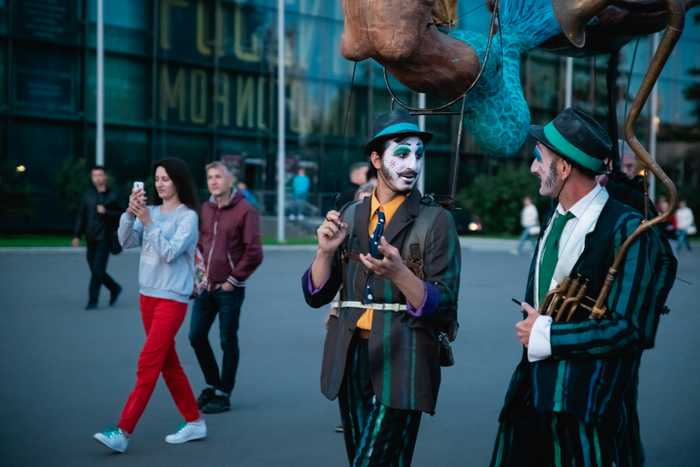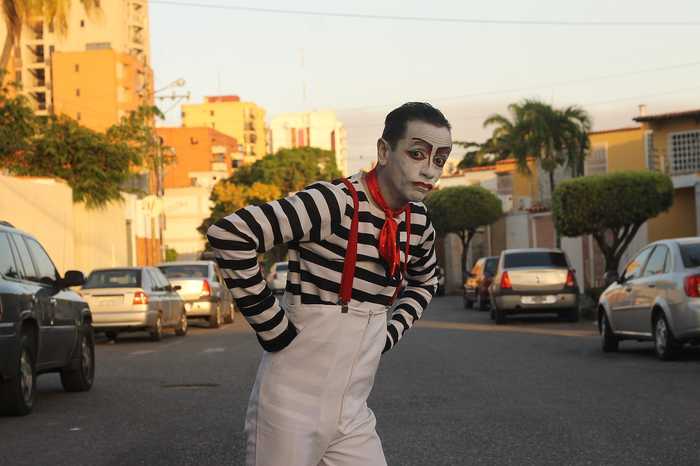Published 16:28 IST, February 9th 2024
Ever Watched Nukkad Natak? DYK Who Started The Street Play First And How It Gained Popularity?
The powerful medium of street plays has a long and storied history that spans cultures, continents, and centuries.
- Lifestyle News
- 2 min read
Street plays, also known as "nukkad natak" in India, have a rich and vibrant history that dates back centuries. These theatrical performances take place in public spaces such as streets, parks, marketplaces, and squares, making them accessible to a wide audience and often addressing social, political, and cultural issues. Let's delve into the fascinating history of street plays and their evolution over time:
Ancient origins
The tradition of using public spaces as venues for theatrical performances can be traced back to ancient civilisations such as Greece and Rome. In these societies, street theatre was a popular form of entertainment and communication, with actors performing plays, comedies, and tragedies in open-air venues for the general public.

Medieval Europe
During the Middle Ages, street theatre flourished in Europe, particularly in countries like England, France, and Italy. Performers known as "strolling players" would travel from town to town, staging plays and entertainments in marketplaces, town squares, and taverns. These performances often featured elements of comedy, music, and improvisation, and were accessible to people of all social classes.
Colonial India
Street plays have a long and storied history in India, dating back to ancient times. However, it was during the colonial era that street theatre emerged as a powerful tool for social and political change. Indian freedom fighters and social reformers used street plays to raise awareness about issues such as independence, social inequality, and caste discrimination. Performers like the renowned Bhikhari Thakur used street theatre to challenge the status quo and inspire resistance against British rule.

Post-Independence era
Following India's independence in 1947, street plays continued to play a prominent role in the country's cultural and political landscape. Theatre groups like the Indian People's Theatre Association (IPTA) and Jan Natya Manch (JANAM) used street theatre as a means of activism, addressing issues such as poverty, corruption, gender inequality, and environmental degradation. These performances were often staged in urban slums, rural villages, and public spaces, reaching audiences who may not have access to traditional theatre venues.
Contemporary street theatre
Today, street plays remain a vital form of cultural expression and social commentary in India and around the world. Theatre groups and artists continue to use public spaces as stages for performances that address pressing issues and amplify marginalized voices. From urban street corners to rural village squares, street plays bring communities together, spark dialogue, and inspire action for positive change.
Updated 16:28 IST, February 9th 2024